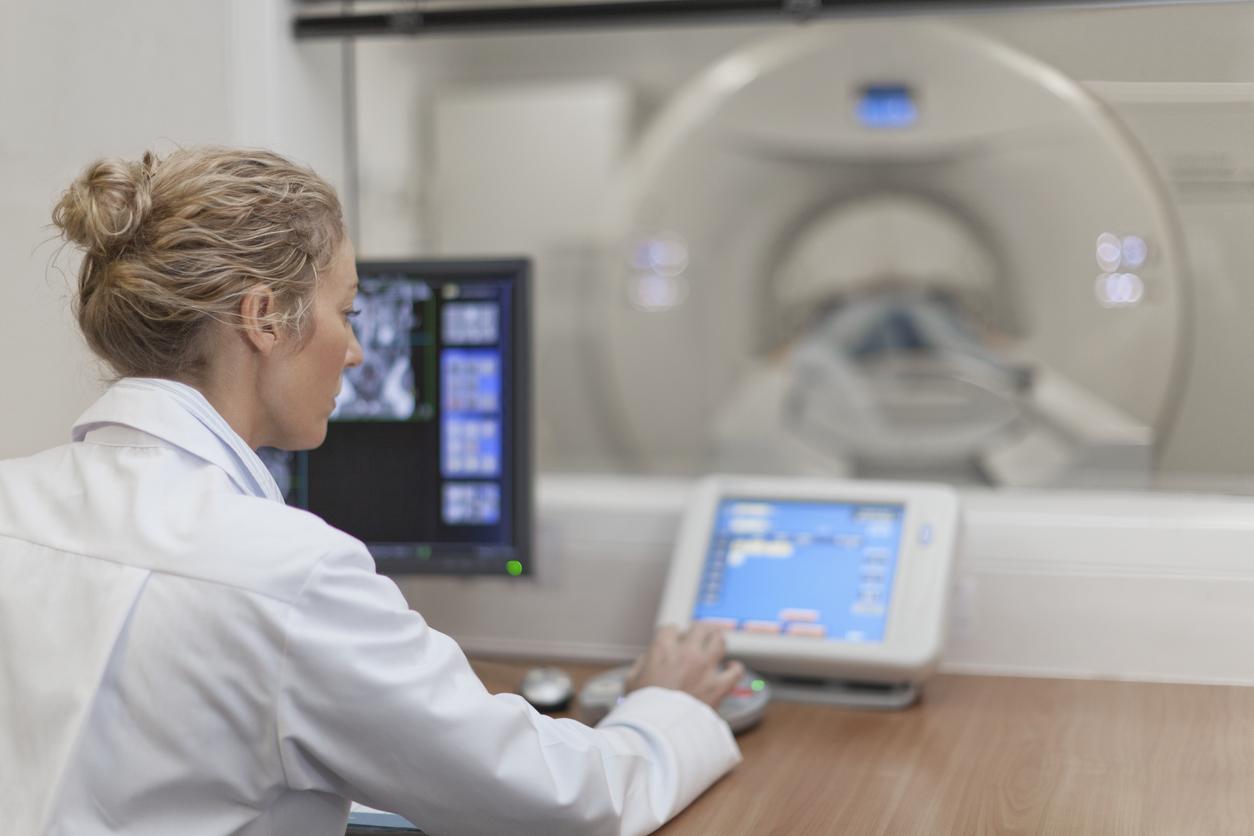Short, high-intensity interval training sessions can improve cardiorespiratory fitness in patients six months or more after a stroke.

- Doing short, intense one-minute exercises for 19 minutes improved cardiorespiratory fitness levels in adults with stroke lasting six months or more.
- Both HIIT and 20- to 30-minute bouts of moderate-intensity exercise improved patients’ walking endurance.
- No adverse events, such as fatigue, shortness of breath or muscle pain, occurred during training.
Doing an exercise for 20 seconds, then resting for 10 seconds before starting a new series, is the principle of HIIT, or High Intensity Interval Training. In a recent study, researchers at McMaster University in Hamilton (Canada) revealed that people who have suffered a stroke can benefit from it and that this type of training significantly improves their overall health and recovery.
A 19-minute HIIT session or 20 to 30 minutes of moderate-intensity exercise
To reach this conclusion, the team wanted to compare the effects of 12 weeks of short-term high-intensity interval training with moderate-intensity continuous training, cardiovascular risk factors and mobility outcomes in adults who had suffered a stroke. For the purpose of the work, they recruited 82 predominantly Caucasian people, including 50 men and 32 women, aged 40 to 80 years. All had mild or minimal disability due to a stroke that had occurred approximately 1.8 years earlier. During a three-month follow-up, the participants were randomly assigned to two groups. The first was to do HIIT (ten one-minute intervals of high-intensity exercise interspersed with nine one-minute intervals of low-intensity exercise, for a total of 19 minutes) or 20- to 30-minute sessions of moderate-intensity exercise three times a week.
In parallel, assessments were carried out three times: before starting physical training, immediately after exercise, 8 weeks after the end of the intervention. At each assessment, the scientists measured cardiovascular fitness levels, including resting blood pressure, arterial stiffness, waist-to-hip ratio (calculated by waist circumference at the navel and hip circumference at the hip bone) and mobility (walking speed and distance).

Stroke: HIIT improved patients’ cardiorespiratory fitness levels
According to the results, published in the journal Strokeno volunteers experienced adverse effects, including fatigue, shortness of breath, muscle pain, cramps, or dizziness during exercise. The authors observed that the cardiorespiratory fitness levels of the HIIT group improved twice as much as those of the moderate-intensity continuous training group. This improvement remained above thresholds even at the 8-week follow-up.
Another finding: All participants improved their walking endurance, as measured by distance covered in 6 minutes. At baseline, both groups could walk about 355 meters (the approximate distance of three American football fields) in 6 minutes. After 12 weeks of exercise, both groups increased their walking distance by 8 meters, and after the 8-week follow-up, they increased their walking distance by 18 meters.
“Stroke rehabilitation professionals now have evidence to support the implementation of short-term, high-intensity interval training protocols in clinical practice,” said Ada Tanglead author of the research.

















